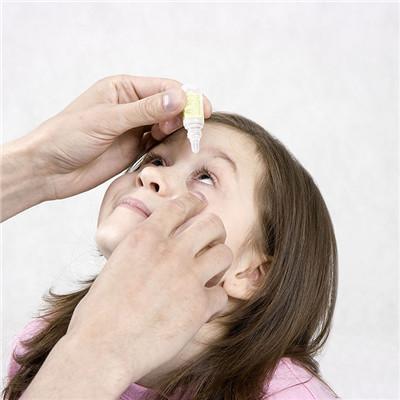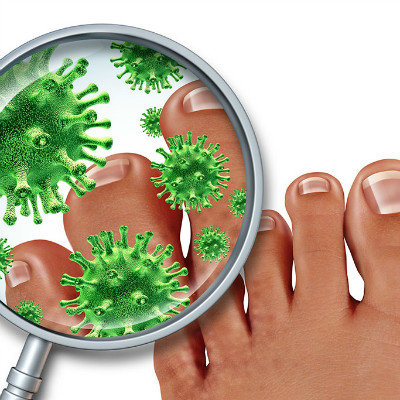Classification of eye cataract?
summary
How much do you know about the classification of cataract, including congenital cataract, complicated cataract, metabolic cataract and senile cataract? What is the basis of cataract classification? I think most of my friends don't know about it, or just know a little bit about it. Let's have a detailed understanding of the classification of cataracts, and have a more systematic and objective understanding of this disease that often appears in our daily life.
Classification of eye cataract?
First, senile cataract. It is the most common cataract at present. Its mechanism is very complex, such as family genetic factors, crystal metabolism and nutrition, membrane aging, ultraviolet radiation and so on. In a word, senile cataract is a manifestation of natural aging of human organs, just like aging and gray hair.

Second: congenital cataract. That is, in the fetal or infantile crystal opacity. The incidence rate is 4%, and its causes can be classified into two aspects: genetic factors (including autosomal dominant inheritance, autosomal recessive and sex linked inheritance) and maternal infection during pregnancy (mainly viral infection), which can cause embryo damage such as rubella, chickenpox, mumps and influenza, syphilis, etc.

Third: metabolic cataract. If there are cataracts with abnormal glucose metabolism (including diabetic cataract, galactose cataract and hypoglycemic cataract) and cataracts with abnormal calcium metabolism (too high and too low blood calcium affect many links of protein metabolism), which are related to blood glucose and blood calcium.

matters needing attention
The classification of cataract is not only the above, but also the traumatic cataract, drug and toxic cataract, such as adrenocortical hormone, mydriasis agent and trinitrotoluene. Radiation cataract, posterior cataract. In fact, some types of cataracts can be prevented. As long as we pay attention to our living habits and stay away from the causes of cataracts, we can greatly reduce the risk of disease.














